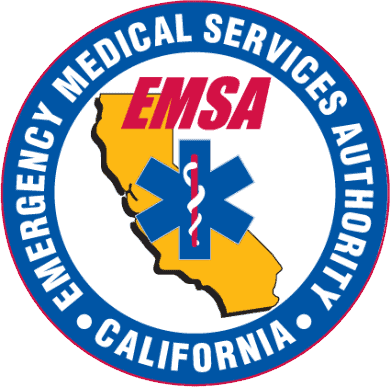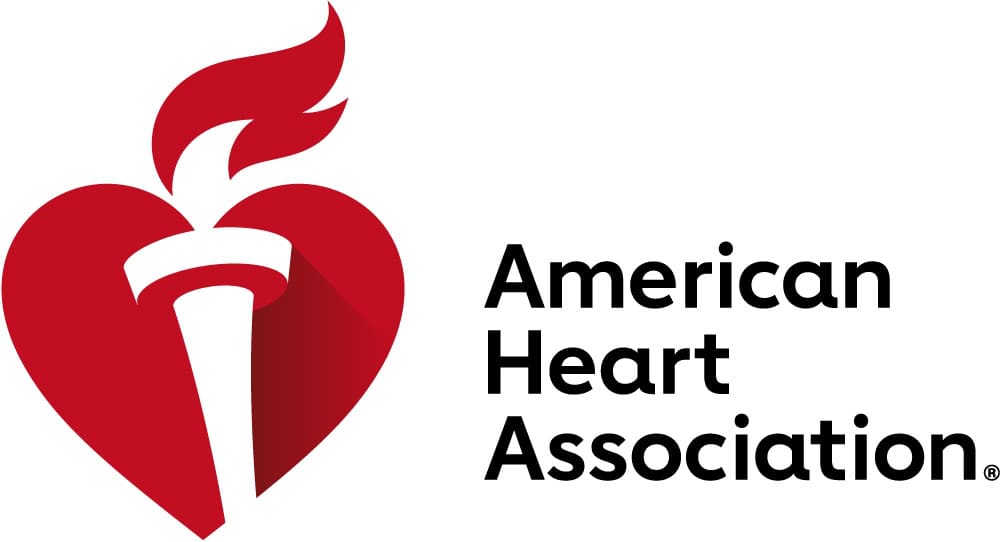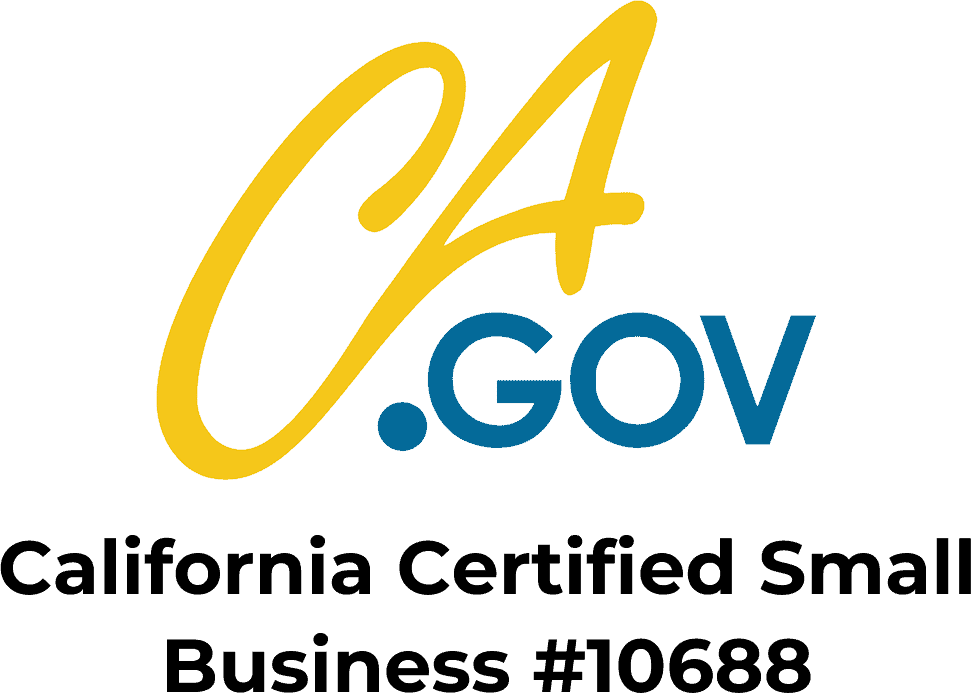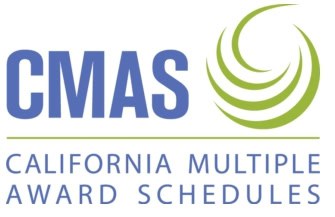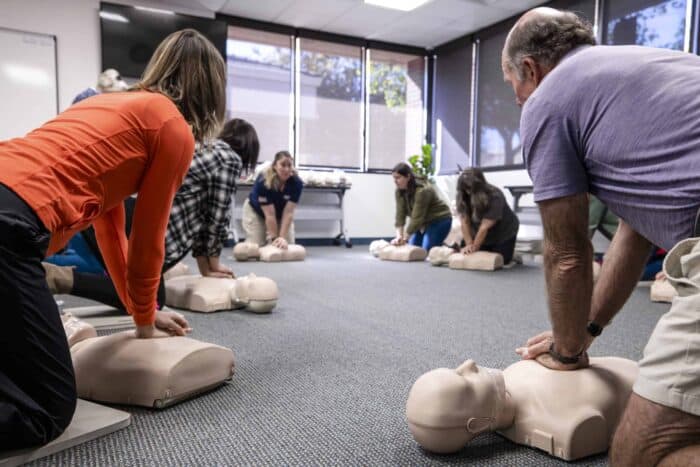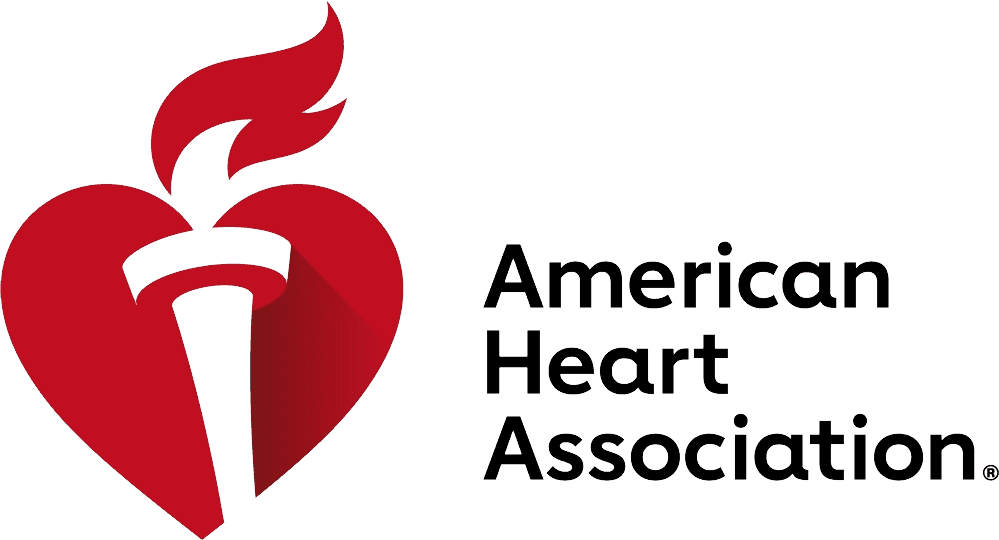Your cart is currently empty!
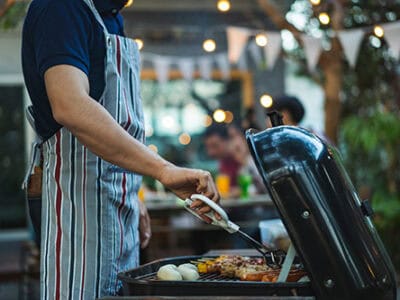
It is the heart of summer, and that means grilling season! However, while grilling is a delightful activity, it also comes with the risk of burns. At Rescue Training Institute, we emphasize safety and preparedness. Here’s how to prevent and treat burns effectively to ensure a safe and enjoyable grilling experience.
First Aid Essential Steps for Treating Burns
1. Assess the Situation
First, determine the severity of the burn. Burns are classified into three categories: first-degree (superficial burns that affect only the outer layer of skin), second-degree (more serious including blistering, affecting layers beneath the outer layer of skin), and third-degree (severe burns that reach deep layers of skin and possibly underlying tissues). First-degree and mild second-degree burns can often be treated at home, while third-degree burns and extensive or critically located second-degree burns (like on the face or major joints) require immediate medical attention.
2. Cool the Burn
Immediately after the burn occurs, hold the burned area under cool running water for at least 10 to 20 minutes. Alternatively, you can apply a cool, wet compress if running water isn’t available. Cooling the burn reduces swelling by conducting heat away from the skin. NEVER USE ICE, as this can cause further skin damage and is not recommended for the treatment of burns.
3. Care for the Burn
After cooling, protect the burn from infection and potential further damage by covering the burn with a sterile, non-adhesive bandage or clean cloth. Any burns on the hands or feet make sure to keep fingers and toes separated. Avoid using fluffy cotton or materials that might stick to the burn, and never apply butter or oils to the injury, as these can retain heat and worsen the burn and potential for infection. Over-the-counter pain relievers like ibuprofen or acetaminophen can alleviate pain and reduce inflammation. For first-degree burns, aloe vera gel may soothe the skin. For burns larger than 3 inches or on the face, hands, feet, or genitals, seek professional medical help.
4. Identify Infection and Treating Burns
Keep the burn clean and dry as it heals. Watch for signs of infection, such as increased redness, swelling, or pus. Consult a healthcare provider if you suspect an infection or the victim is in severe pain. For more serious burns, do not attempt to remove any clothing stuck to the burn, and do not burst blisters, as this increases the risk of infection.
5. Follow Up
Most minor burns heal without serious health consequences, but knowing when to seek further medical advice is essential. If a burn does not seem to improve or continues to be painful, seek professional medical treatment.
Burn Types
1. First-Degree Burns
First-degree burns are superficial, affecting only the epidermis, the outer layer of the skin. You may experience a first-degree burn if you briefly touch a hot grill. Symptoms of first-degree burns include redness, minor inflammation, increased sensitivity and pain.
2. Second-Degree Burns
Second-degree burns affect the outer layer (epidermis) and the underlying layer (dermis). They could occur if you had more prolonged contact with hot surfaces like grills or if you had direct but brief contact with flame. Second-degree burns often result in blisters, severe pain, swelling, and red, splotchy skin. These burns are more likely to require medical attention to manage pain, prevent infection, and promote proper healing.
3. Third-Degree Burns
Third-degree burns, also known as full-thickness burns, are the most severe type of burn, affecting all layers of the skin and potentially underlying tissues such as muscles, bones, and nerves. This type of burn could occur with extended contact with open flames, explosions, or extended contact with hot surfaces. Third-degree burns often appear white, charred, or leathery and may be numb due to nerve damage. Immediate medical attention is critical for third-degree burns to address the extensive tissue damage, prevent infection, and support the healing process as well as to minimize the chance of the patient going into shock.
Preventing Burns While Grilling
Grilling Techniques for Safety
- Continuously monitor the grill when it’s in use; never leave it unattended.
- Make sure all components are intact and clean, as accumulated grease can ignite and cause unexpected flare-ups.
- Position the grill on a flat, non-flammable surface away from buildings, trees, and other potentially combustible materials.
- Avoid loose garments and instead opt for fitted clothes. A heavy-duty fitted apron can provide an additional layer of protection.
- Always wear heat-resistant gloves.
- Keep children and pets at a safe distance from the grilling area.
- Use lighter fluid sparingly, and don’t add them to an open flame.
- Gas Grills: inspect the propane tank and connections for leaks before igniting.
- Add charcoal or wood cautiously.
- Manage flame intensity by adjusting the height of the grill surface or controlling the fuel source.
- Use long-handled tools to keep a safe distance from the heat.
- Always keep a fire extinguisher nearby.
- Ensure the grill is completely turned off and cooled before cleaning it.
Trust Rescue Training Institute to Teach You How to Treat Burns
Grilling is a cherished summertime activity, but it’s essential to prioritize safety to prevent and properly treat burns. Preparedness is your best defense against the potential long-term impacts of burn injuries. By understanding the types of burns and following preventive measures, you can enjoy your grilling sessions without worry. Remember, in case of a burn, prompt and appropriate treatment is crucial. At Rescue Training Institute, we are dedicated to providing you with the knowledge and skills to handle such emergencies. We offer adult and pediatric First Aid CPR AED Classes that cover how to treat burns properly. Stay safe, grill responsibly, and have a fantastic summer!

